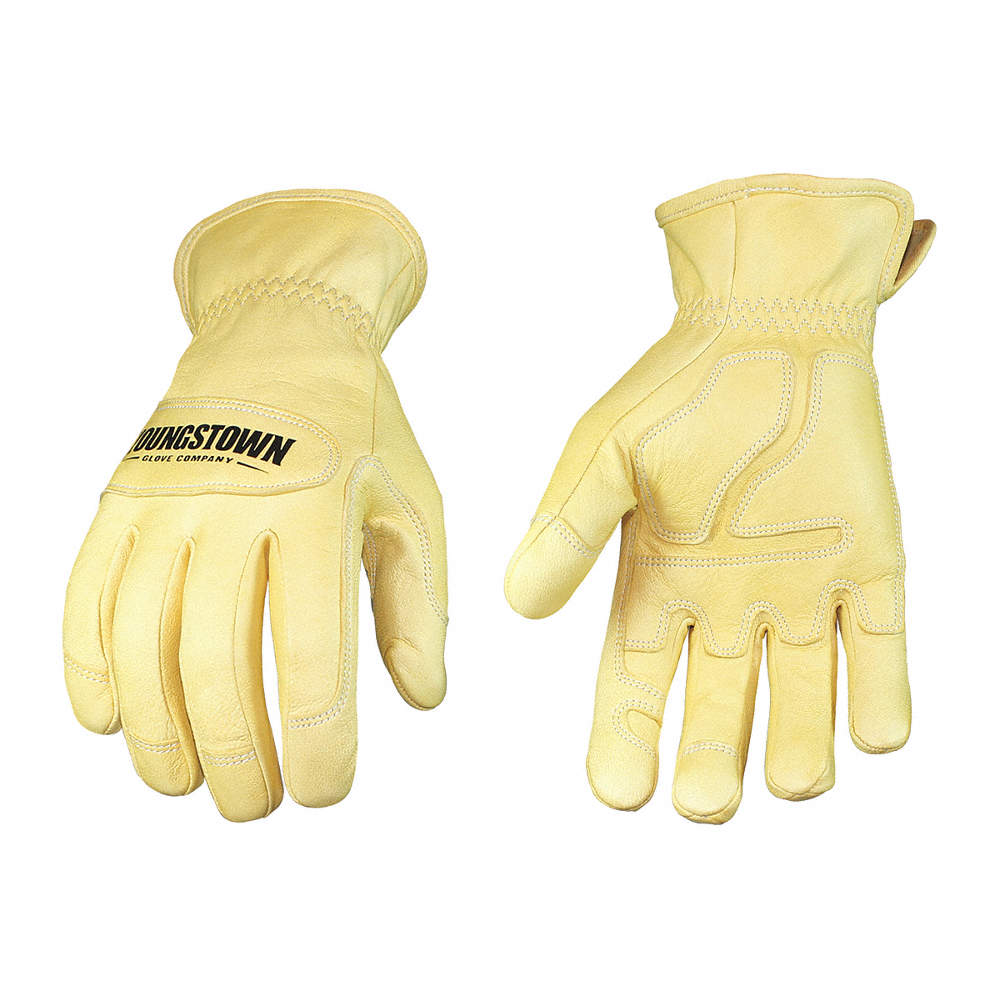Dose any one know if these gloves are Arc And Voltage rated. I would like to find a glove that gives me better dexterity in one glove because I am wearing two gloves now (rubbers and a leather protector) and I can barely move my fingers.
https://static.grainger.com/rp/s/is/image/Grainger/35ZW92_AS01?$zmmain$
https://static.grainger.com/rp/s/is/image/Grainger/35ZW92_AS01?$zmmain$
Last edited:

